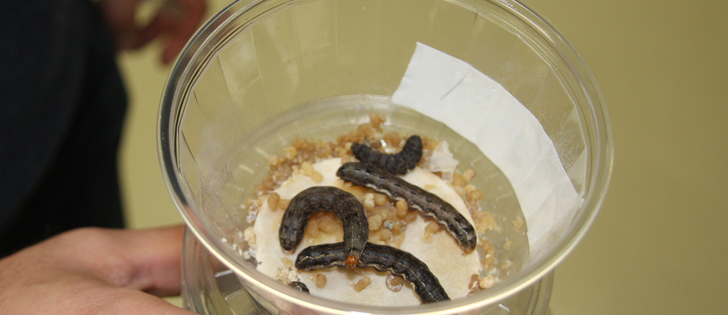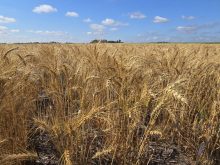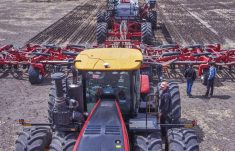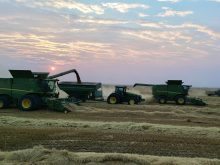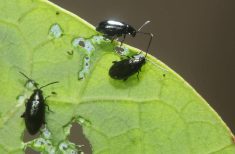Winnipeg, June 1 (CNS Canada) – Seeding delays in Saskatchewan means little buzz-worthy news about insects, but producers should still be scouting fields moving into the growing season.
“The bigger issue is that it’s been wet,” said Scott Hartley, insect and vertebrate pest specialist with Saskatchewan Agriculture.
That wetness delayed seeding in much of the province, which means there aren’t a lot of emerged crops for pests to munch on.
But Hartley named several insects that producers should be watching for, especially as the growing season progresses.
Read Also

New coal mine proposal met with old concerns
A smaller version of the previously rejected Grassy Mountain coal mine project in Crowsnest Pass is back on the table, and the Livingstone Landowners Group continues to voice concerns about the environmental risks.
Cutworms are one insect that could pose a threat to crops in the near-term.
“We’d seen a decline, and then last year a resurgence,” he said. “So it’s just something we should be watching for.”
Producers should scout emerged crops for bare patches, holes or notches in foliage, which indicates feeding.
Hartley added that flea beetles are another one to watch for.
Treated seeds reduce some of the pressure, unless they sit in the ground for a long time.
The pea leaf and cabbage seedpod weevils may be seeing an expanded area outside of southwest Saskatchewan, Hartley said, which means producers should also be watching for those.
Later into June, wheat midge will start to appear, with major emergence in the start of July.
“Hot spots” for wheat midge on an annual basis are in eastern and southeastern parts of the province, Hartley said.
Current moist conditions are favourable for wheat midge. Infestation of the insect can cause lower wheat grades and yields.
But current moisture levels are unfavourable for grasshoppers, with low populations expected this year, Hartley said.
“Not expecting to have real high grasshopper levels in the province really, but there could be some spots that we missed.”



